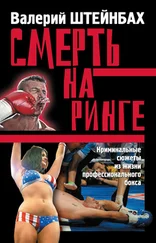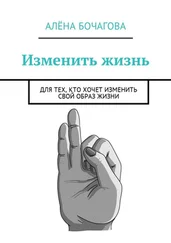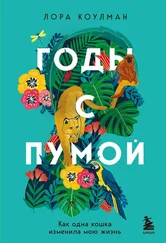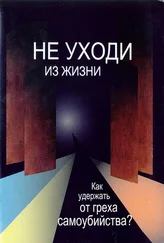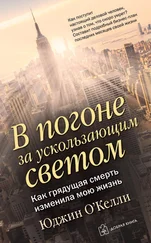Smith M. Brain death: time for an international consensus. Br J Anaesth . 2012; 108 (suppl 1): i6-9.
Saba MM, Ventura HO, Saleh M, Mehra MR. Ancient Egyptian medicine and the concept of heart failure. J Card Fail . 2006; 12 (6): 416-21.
Serageldin I. Ancient Alexandria and the dawn of medical science. Global Cardiology Science and Practice . 2013; 4 (47).
Stanton JA. Aesculapius: a modern tale. JAMA . 1999; 281 (5): 476-77.
Cheng TO. Hippocrates and cardiology. JAMA . 2001; 141 (2): 173-83.
Quinsy J. The American Medical Lexicon, on the Plan of Quincy’s Lexicon Physico-Medicum, with Many Retrenchments, Additions, and Improvements; Comprising an Explanation of the Etymology and Signification of the Terms Used in Anatomy, Physiology, Surgery, Materia . Reprint ed. Forgotten Books; 2013.
Powner DJ, Ackerman BM, Grenvik A. Medical diagnosis of death in adults: historical contributions to current controversies. Lancet . 1996; 348 (9036): 1219-23.
Death or coma? BMJ . 1885; 2 (1296): 841-42.
Poe EA. The Premature Burial . Reprint ed. Quill Pen Classics; 2008.
Gairdner W. Case of lethargic stupor or trance. Lancet . 1884; 123 (3150): 56–58.
Williamson J. Premature burial. Scientific American . May 9, 1896.
Anabiosis — life in death. Literary Digest . August 22, 1914: 304.
Baldwin JF. Premature burial. Scientific American . October 24, 1896: 315.
To stop premature burial; bill introduced yesterday in the assembly by Mr. Redington of New York. New York Times . January 19, 1899.
Alexander M. «The Rigid Embrace of the Narrow House»: premature burial & the signs of death. Hastings Cent Rep . 1980; 10 (3): 25–31.
Beecher, Ethical problems [См. «Как изменилось определение смерти», прим. 28].
What and when is death? JAMA . 1968; 204 (6): 539-40.
Watson CJ, Dark JH. Organ transplantation: historical perspective and current practice. Br J Anaesth . 2012; 108 (suppl 1): i29-42.
Merrill JP, Murray JE, Harrison JH, Guild WR. Successful homotransplantation of the human kidney between identical twins. JAMA . 1956; 160 (4): 277-82.
Machado C. The first organ transplant from a brain-dead donor. Neurology . 2005; 64 (11): 1938-42.
Powner et al., Medical diagnosis.
Iltis AS, Cherry MJ. Death revisited: rethinking death and the dead donor rule. J Med Philos . 2010; 35 (3): 223-41.
DeVita MA, Snyder JV. Development of the University of Pittsburgh Medical Center policy for the care of terminally ill patients who may become organ donors after death following the removal of life support. Kennedy Inst Ethics J . 1993; 3 (2): 131-43.
Institute of Medicine. Non-Heart-Beating Organ Transplantation. Practice and Protocols. Committee on Non-Heart-Beating Transplantation II: The Scientific and Ethical Basis for Practice and Protocols . Washington, DC: Institute of Medicine; 2000.
Halazun KJ, Al-Mukhtar A, Aldouri A, Willis S, Ahmad N. Warm ischemia in transplantation: search for a consensus definition. Transplant Proc . 2007; 39 (5): 1329-31.
Institute for Health Metrics and Evaluation, The state of US health [see «How Life (and Death) Were Prolonged», note 9].
John 11: 1-45.
Sheth KN, Nutter T, Stein DM, Scalea TM, Bernat JL. Autoresuscitation after asystole in patients being considered for organ donation. Crit Care Med . 2012; 40 (1): 158-61.
Krarup NH, Kaltoft A, Lenler-Petersen P. Risen from the dead: a case of the Lazarus phenomenon — with considerations on the termination of treatment following cardiac arrest in a prehospital setting. Resuscitation . 2010; 81 (11): 1598-99.
Shewmon DA. Mental Disconnect: «Physiological Decapitation» as a Heuristic For Understanding Brain Death . Scripta Varia 110. Vatican City: Pontifical Academy of Sciences; 2007.
White RJ, Wolin LR, Massopust LC Jr, Taslitz N, Verdura J. Cephalic exchange transplantation in the monkey. Surgery . 1971; 70 (1): 135-99.
Lizza JP. Where’s Waldo? The «decapitation gambit» and the definition of death. J Med Ethics . 2011; 37 (12): 743-46.
www.neurology.org/content/82/10_Supplement/P4.285.
www.washingtontimes.com/news/2015/may/10/jury-doctor-who-had-affair-with-patient-must-pay-h/.
United States President’s Commission for the Study of Ethical Problems in Medicine and Biomedical and Behavioral Research. Defining Death: A Report on the Medical, Legal and Ethical Issues in the Determination of Death . 1981.
Levy DE, Caronna JJ, Singer BH, Lapinski RH, Frydman H, Plum F. Predicting outcome from hypoxic-ischemic coma. JAMA . 1985; 253 (10): 1420-26.
Wijdicks EF, Hijdra A, Young GB, Bassetti CL, Wiebe S. Practice parameter: prediction of outcome in comatose survivors after cardiopulmonary resuscitation (an evidence-based review): report of the Quality Standards Subcommittee of the American Academy of Neurology. Neurology . 2006; 67 (2): 203-10.
Culotta E. On the origin of religion. Science . 2009; 326 (5954): 784-87.
Henshilwood CS, d’Errico F, Watts I. Engraved ochres from the Middle Stone Age levels at Blombos Cave, South Africa. J Hum Evol . 2009; 57 (1): 27–47.
Vandermeersch B. The excavation of Qafzeh. Bulletin du Centre de recherche français à Jérusalem . 2002; 10: 65–70.
Culotta, On the origin of religion.
Barrett JL. Exploring the natural foundations of religion. Trends Cogn Sci . 2000; 4 (1): 29–34.
Povinelli DJ, Preuss TM. Theory of mind: evolutionary history of a cognitive specialization. Trends Neurosci . 1995; 18 (9): 418-24.
Kelemen D. Why are rocks pointy? Children’s preference for teleological explanations of the natural world. Dev Psychol . 1999; 35 (6): 1440-52.
Kelemen D, Rosset E. The human function compunction: teleological explanation in adults. Cognition . 2009; 111 (1): 138-43.
Harris P. On not falling down to earth: children’s metaphysical questions. In: Rosegren K, Johnson C, Harris P, eds. Imagining the Impossible: Magical, Scientific, and Religious Thinking in Children . Cambridge University Press; 2000.
Читать дальше
Конец ознакомительного отрывка
Купить книгу
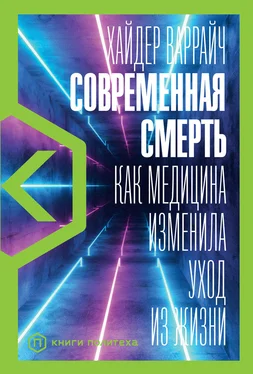
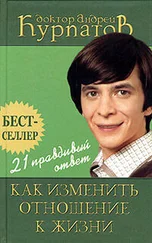
![Людмила Петрушевская - Спасибо! Посвящается тем, кто изменил наши жизни [сборник]](/books/28331/lyudmila-petrushevskaya-spasibo-posvyachaetsya-tem-kto-thumb.webp)
